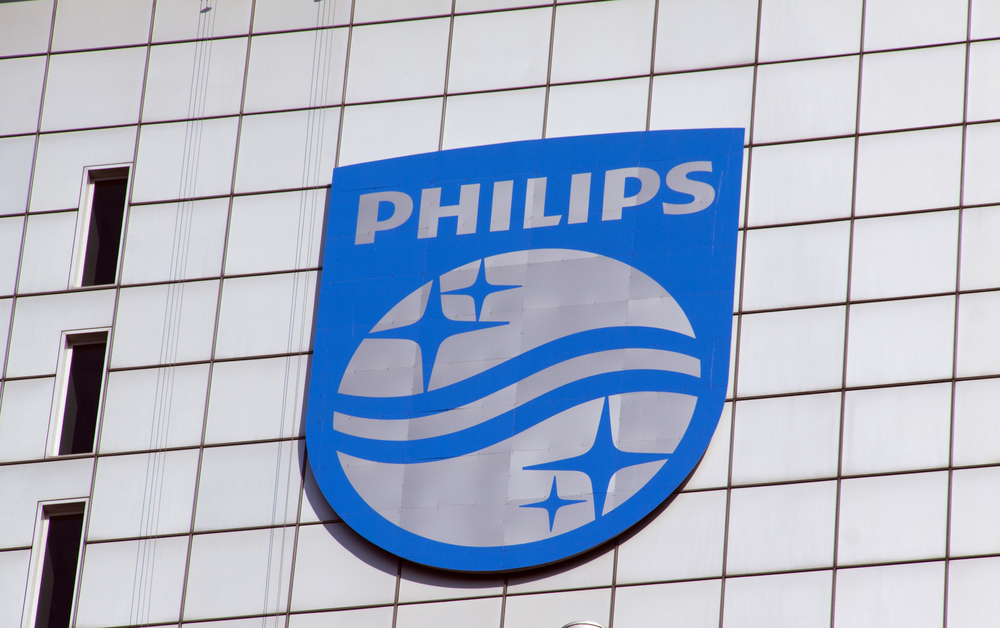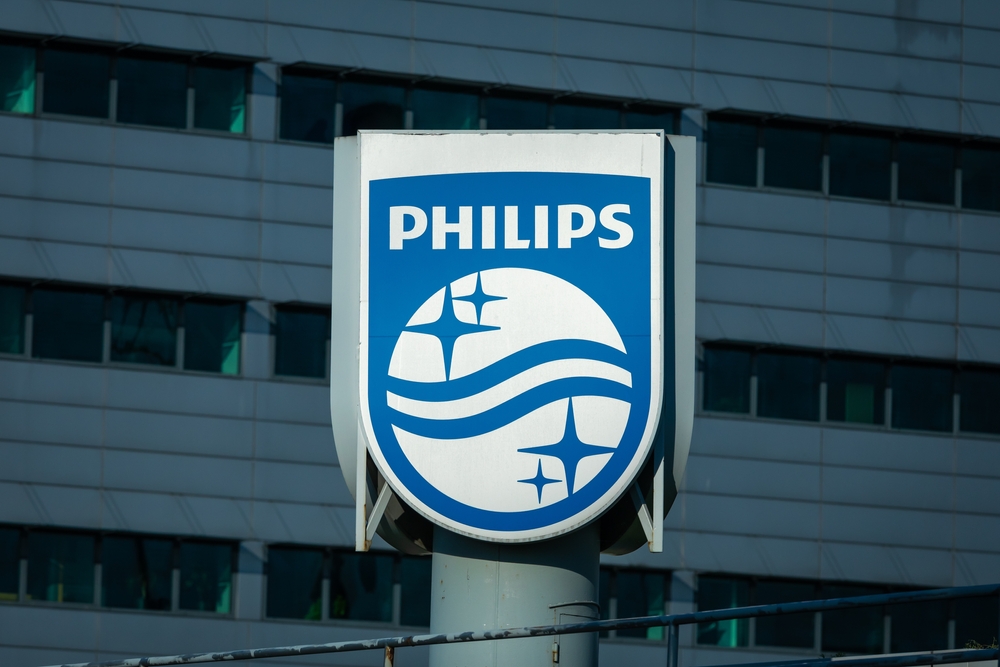Did Philips Know About CPAP Issues Years Before Recall?
In June 2021, Philips recalled more than 5.5 million CPAP machines and ventilators in the U.S. More than a year after the initial medical device recall, CPAP lawsuits have been filed claiming the foam particles used as part of the noise-isolating foam were shedding polyurethane. This polyurethane was making its way into the air stream that forced patients’ airways open, treating their sleep apnea but increasing their cancer risk. More concerning is that Philips engineers may have known about this safety risk years before the recall.
It is estimated that 25 million Americans have sleep apnea, a disorder treated with these devices. Sleep apnea affects all aspects of life, including sleep and daytime activities. Sleep apnea can cause loud snoring, irritability, difficulty paying attention while conscious, daytime sleepiness, difficulty staying asleep, headaches, dry mouth, gasping for air during sleep, and episodes of stopping breathing during sleep. Treatment includes using a CPAP machine while sleeping.

When Did Philips Know About the CPAP Dangers?
In April 2018, Vincent Testa, a project mechanical engineer shared via email, “the material sheds and is pulled into the ventilator air path.” He continued, “as you can imagine, this is not a good situation for our users.” This was one of many emails unsealed as part of lawsuits filed by consumers who have used Philips CPAP machines to treat their sleep apnea. Additional email exchanges between technical director Bob March at Polymer Technologies, the company that distributed the foam, and Lee Lawler, then technical director of the polyurethane division at William T. Burnett, who manufactured the foam, were unsealed as well. Email exchanges from as early as 2016 highlight that there were known issues with the foam as early as 2015. Several email exchanges did not name Philips by name but highlighted that there were reports of the foam shedding after five years of device use.
When company officials were asked about the unsealed emails from prior to the June 2021 recall, they shared that before 2021, each complaint related to mechanical ventilators on a case-by-case basis. After the executive team became aware of the issue surrounding the foam on CPAP machines in early 2021, a voluntary global recall was issued by Philips. At this time, Philips knew that 2.6 million machines needed to be replaced or serviced. In March 2021, their goal was “to complete the repair and replacement program in the fourth quarter of 2022.” At this point, it is unknown if the goal will be achieved.
Between 2011 and 2021, when the recall was issued, Philips turned over 30 devices associated with the foam’s shedding to the FDA. Of these 30 devices, only eight came from the U.S. None of the eight were linked to deaths or injuries associated with the foam. But the month before the recall was issued, this number reported to the FDA ballooned to more than 21,000 complaints. These complaints were received from healthcare professionals, consumers and mandatory reports from Philips. Included in the complaints were a range of adverse effects, including chest pain, nodules, headache, infection, cancer, pneumonia and asthma. Sadly more than 123 patients died.
CPAP Lawsuits
Devices manufactured between 2009 and April 26, 2021, were recalled related to the polyurethane foam. This foam may disintegrate, which could lead to the device user inhaling the foam particles. Potential off-gassing of the foam could send off-gassed material into the lungs of a person using the device. Many users of the recalled devices felt there was no way to seek justice and draw attention to a defective product other than by seeking legal avenues.
Consumers have claimed that Philips violated the U.S. Federal Food, Drug, and Cosmetic Act, which requires that all medical devices be effective and safe. Consumers allege that the devices were designed defectively using foam that could degrade if exposed to moisture. Regulators determined that there was “sufficient evidence for FDA to determine there are reasonable grounds to believe the recalled devices that Philips manufactured after November 2015 were not properly manufactured with reference to the state of the art as it existed at the time.”
What Are Sleep Apnea Patients Supposed To Do?
Discuss your options with your healthcare provider if you are a sleep apnea patient with a Philips CPAP machine. Your healthcare team may ask you to continue to use your recalled device, switch to a similar device that is not included in the recall and make lifestyle changes such as stopping smoking, losing weight and avoiding alcohol. Your healthcare provider may suggest alternative sleep apnea treatments, like changing your head’s position while sleeping, surgical options or oral appliances.
Register your device with Philips’ recall website if you have not yet done so. File a report with the MedWatch Voluntary Reporting Program. Those who believe their Philips CPAP caused an illness or injury may want to consult a CPAP recall lawyer to discuss possible legal options. Those with sleep apnea are now facing tough decisions – use the CPAP that treats sleep apnea and provides a good night’s sleep but run the risk of potentially inhaling foam particles and off-gassed materials. Or stop using a CPAP device and suffer the effects of sleep apnea. For anyone, this is nearly an impossible decision.

















